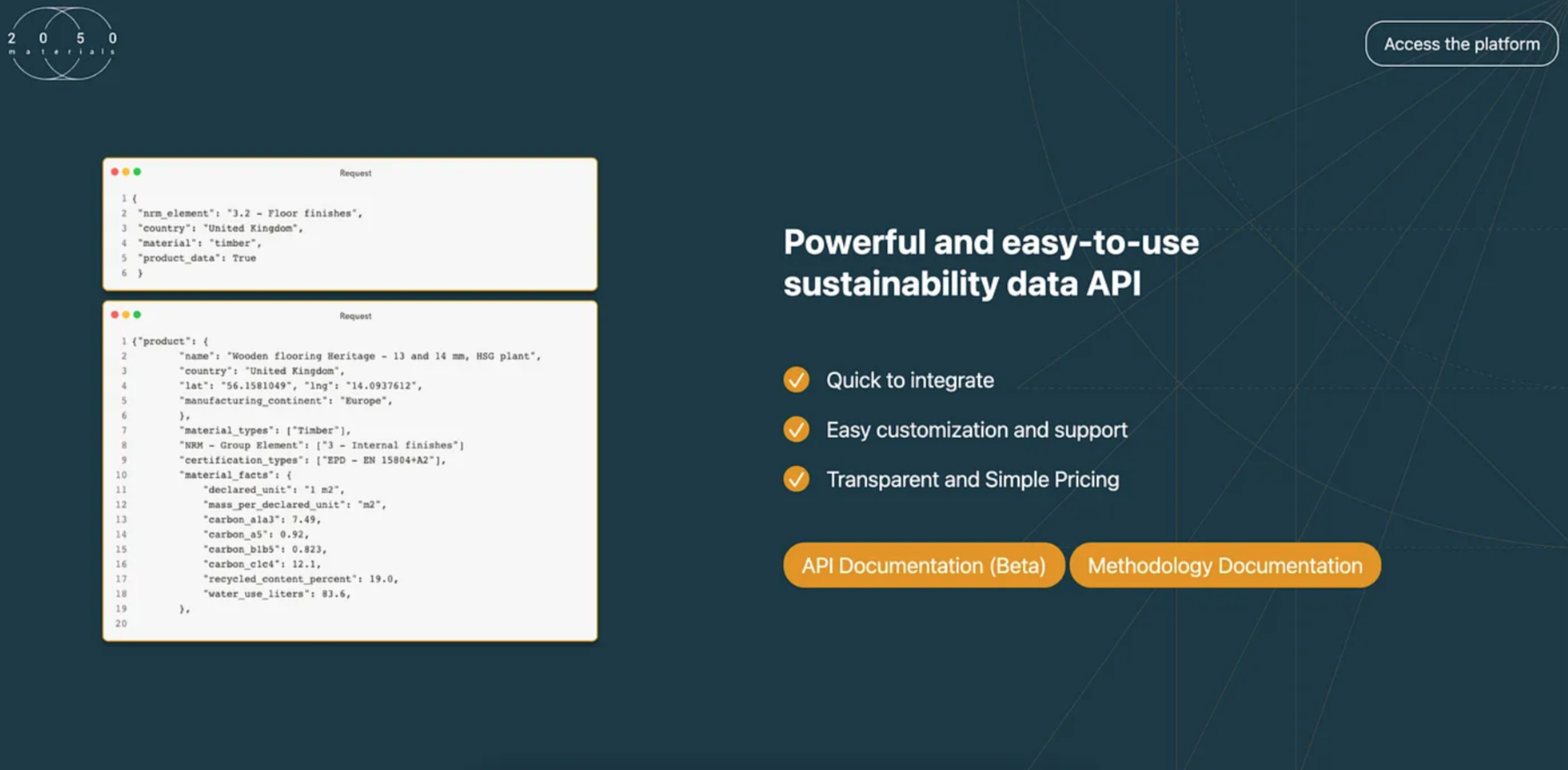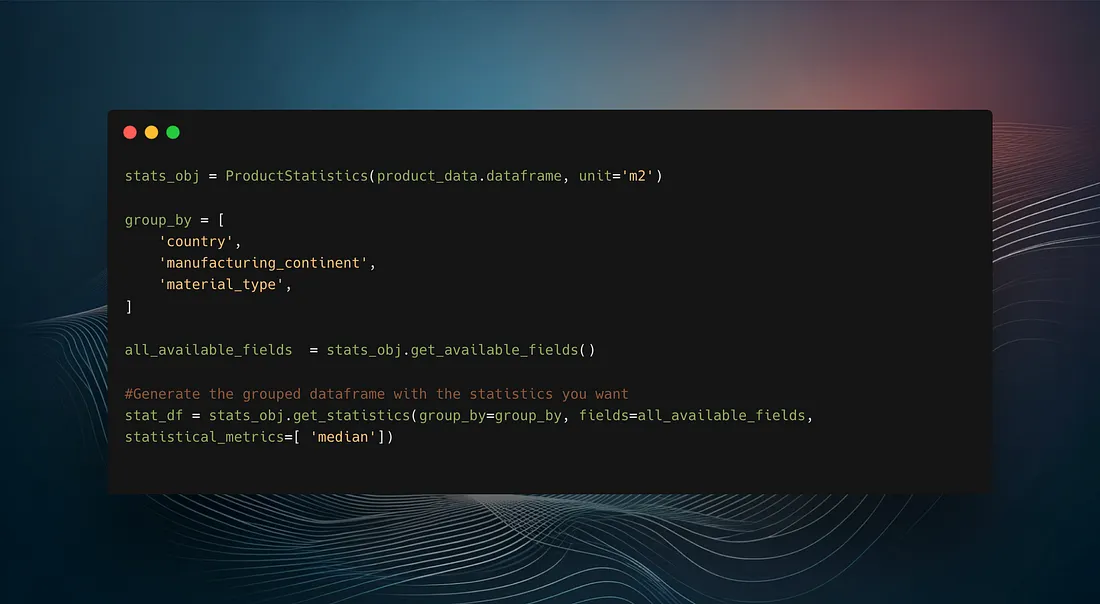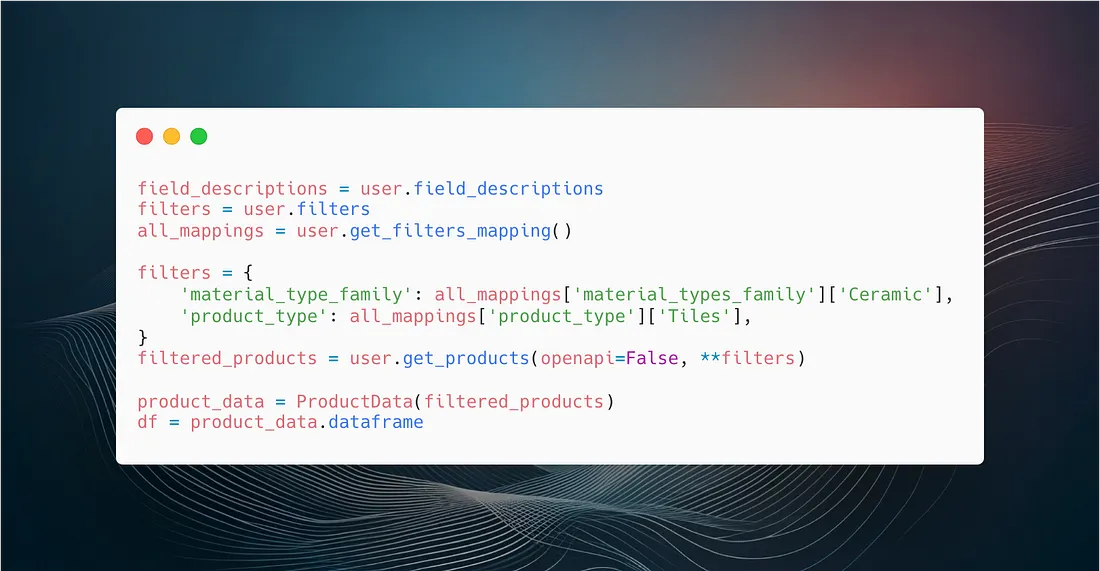What LLMs have to do with embodied carbon

Are we there yet?
Let’s talk about Life Cycle Assessments (yes, again). You know, that tool we use to figure out the environmental impact of our designs, BOQs, buildings.
Collecting and updating data for LCAs is painful, and the current tools make you wonder if this process will ever become a norm.
But there’s a silver lining, according to some new research.
Large Language Models (LLMs) such as ChatGPT and Transformers (the brainy neural network types, not the cool robot ones), can make our lives easier and our cities greener.
Transformers & LCAs: A Match Made in heaven?
Let’s break it down. Transformers, the crown jewel of neural network architectures, could change the game when married with LCAs. They might just make the process quicker, more accurate, and usable on a larger scale.
How exactly?
- Data pipeline automation: It’s all about automating the grunt work. By taking over the collection and updating of data, transformers free up time and energy to do things like focus on hotspots, optimise our input and reduce the overall impacts.
- Fine-tuning for customisation: Transformers could train on specific data sets to become experts in evaluating certain products or services. Think of it as a detailed LCA analysis tailor-made for complex items (e.g. MEP systems).
- Supporting decision-making: Here’s where the rubber hits the road. By sifting through mountains of data, Transformers could pinpoint problem areas and help prioritize where improvements are needed. For example, they could sort through millions of products to find the best sustainable alternative.
There are of course still some challenges to tackle, like ensuring data quality due to the absence of referencing functions in Transformers, or the fact that the fine-tuning process may take time and need some serious expertise.
Embodied Carbon: LLMs to the Rescue
Technological advancements and improvements in the efficiency of data collection in Life Cycle Assessments (LCAs) could provide a significant contribution towards tracking and reducing embodied carbon emissions.
By streamlining the gathering, processing, and analysis of vast data sets, these enhancements would allow for a more precise and comprehensive understanding of a product’s or a building’s entire life cycle. This encompasses everything from raw material extraction, through manufacturing and usage, all the way to end-of-life disposal or recycling. By revealing more accurate carbon footprints, companies and industries could identify and target high-emission stages, design more sustainable practices, and implement carbon reduction strategies more effectively. In turn, this could have a profound effect on mitigating the impact of climate change, underlining the vital role of LCAs in the pursuit of global sustainability goals.
In a Nutshell
In a world where tracking and reducing carbon is the main tool we have to avoid a climate catastrophe, these advancements could be game-changers. Integrating powerful tools like Transformers and LLMs with LCAs could streamline our efforts to reduce environmental impact. The potential benefits are colossal.
We may have a few mountains to climb, but the promise of easier ways to do tedious carbon work is well worth the journey.
Want in on the action?

At 2050 Materials, we’re exploring the use of AI in improving LCA processes, both around data, as well as around supporting decision making.
If you want to find out more, or have a use case you would like to discuss, reach out to us at info@2050-materials.com
Related articles

In order to measure biodiversity value and foster a future that is nature positive, Ramboll launches Metric
The Americas Biodiversity Metric 1.0 is a free biodiversity quantification tool that assists businesses and organizations in achieving their sustainability objectives, which include no net loss of biodiversity, net gain of biodiversity, and transitioning to a more nature-positive state.
Read more
AECData Python Library Step 3— Visualizations & Statistical Analysis
Using the open-source Python package aecdata to do statistical analysis and plot graphs.
Read more
AECData Python Library Step 2— Get filters and retrieve product data
Get your first data table with AECData.
Read more